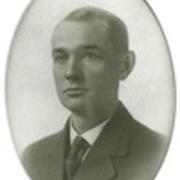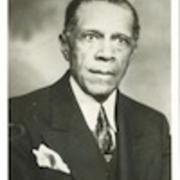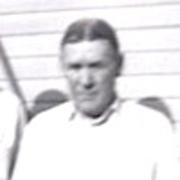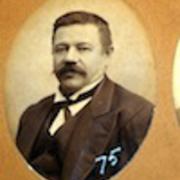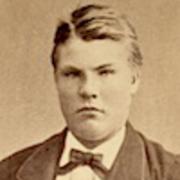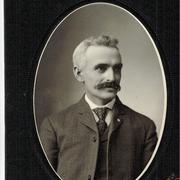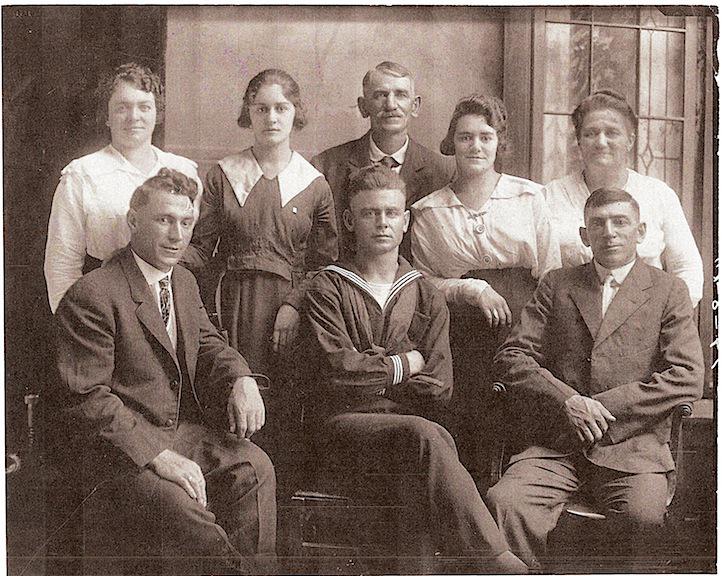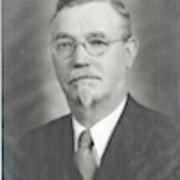
Community
Learn about the community life of the workers. This section contains information about:
Fraternal and ethnic organizations These are places where immigrant workers gathered to meet and preserve their native language and culture, one of which is still in existence.
Churches Another prominent type of institution in the lives of the workers was the churches they attended and supported. We are currently gathering photographs and information about churches and their related organizations to flesh out what kinds of services were offered in order to gain a clearer sense of the workers lives when they were busy working on the construction site.
Community Photographs The Research team was able to obtain an assortment of photographs from the Minnesota Historical Society that date from C.1895-1905-see what life "looked like" during the years the Capitol was being built.
The Marble Sidewalks of St. Paul St. Paul contains several marble sidewalks and walkways built from marble scrap from the Capitol building site. See the photographs of these marble walkways here.
Map of Workers' and Contractors' Addresses, Bios and Occupations This map shows the locations of the homes of hundreds of people who participated in the construction of the Minnesota Capitol from 1898 to 1901. Markers, color coded by occupation, connect to brief biographies of each person. Project researcher John Sielaff created the map based on census, city directory and paroll records using software provided by Community Walks Maps.
